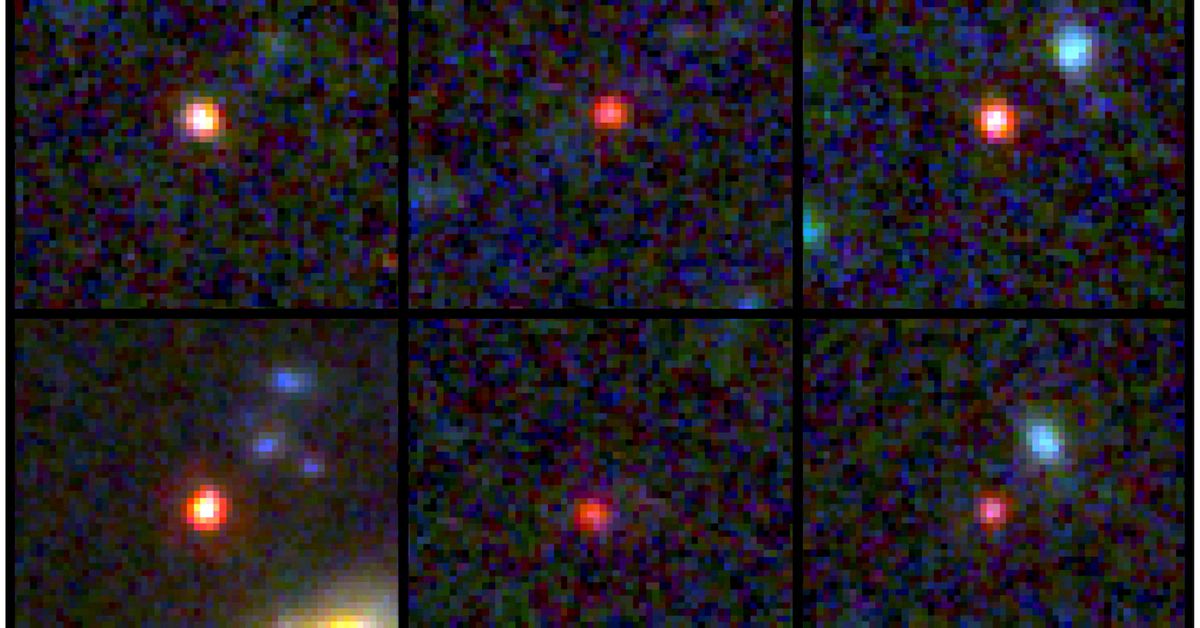CNN
Astronomers have used the James Webb Space Telescope to peer back in time to the early days of the universe — and they spotted something unexpected.
The space observatory revealed six massive galaxies that existed between 500 million and 700 million years after the big bang that created the universe. The discovery is completely upending existing theories about the origins of galaxies, according to a new study published Wednesday in the journal Nature.
“These objects are way more massive than anyone expected,” said study coauthor Joel Leja, assistant professor of astronomy and astrophysics at Penn State University, in a statement. “We expected only to find tiny, young, baby galaxies at this point in time, but we’ve discovered galaxies as mature as our own in what was previously understood to be the dawn of the universe.”
The telescope observes the universe in infrared light, which is invisible to the human eye, and is capable of detecting the faint light from ancient stars and galaxies. By peering into the distant universe, the observatory can essentially see back in time up to about 13.5 billion years ago. (Scientists have determined the universe is about 13.7 billion years old.)
“The revelation that massive galaxy formation began extremely early in the history of the universe upends what many of us had thought was settled science,” Leja said. “We’ve been informally calling these objects ‘universe breakers’ — and they have been living up to their name so far.”
The galaxies are so massive that they conflict with 99% of models representing early galaxies in the universe, which means scientists need to rethink how galaxies formed and evolved. The current theory suggests that galaxies began as small clouds of stars and dust that grew over time.
“We looked into the very early universe for the first time and had no idea what we were going to find,” Leja said. “It turns out we found something so unexpected it actually creates problems for science. It calls the whole picture of early galaxy formation into question.”



Connect with us on our socials: